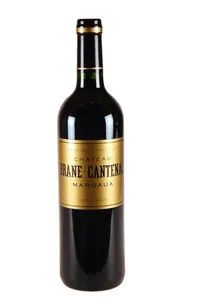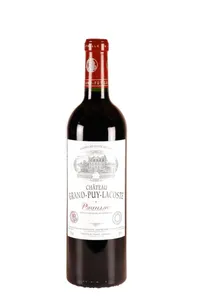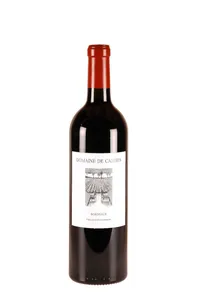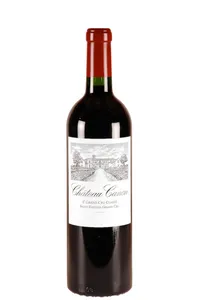Free delivery from Fr. 300 of purchase or 18 bottles, otherwise Fr. 15

Bordeaux
The birth of the Bordeaux vineyard dates back to the first century AD when a tribe of Celtic warriors, the Bituriges Vivisques, who had arrived in Burdigalia a century earlier, decided to create their own vineyard by planting a grape variety that was more resistant to the Atlantic climate, Biturica, the ancestor of Cabernets. No doubt the pax romana was conducive to the creation of this vineyard, the only response to the control of Roman merchants over the supply of wines to the emporium of Burdigalia.
.Despite its location as a port city with a natural opening to England and the northern countries, Bordeaux would nevertheless have to wait several centuries before its reputation as a producer of quality wines was established. It was in the 12th century that the fate of Bordeaux wines was decided. In 1152, with the marriage of Eleanor of Aquitaine to Henry Plantagenet, King of England, Bordeaux wines became a product of daily consumption as well as a luxury product. In order to meet the high demand, which was further increased by the so-called "Bordeaux Privilege", which constituted a formidable protectionism, the Bordeaux region was covered with thousands of hectares of vines. This trade - undoubtedly the most important of the entire Middle Ages - was also to shape the viticultural geography of the South-West, upstream of Bordeaux, in particular all the wine-growing centres located near the rivers: Cahors, Gaillac, etc.
.It was not until the early 16th century, however, that the Médoc emerged as a quality vineyard. At that time, two types of wine were produced, the clairets (called clarets by the Anglo-Saxons) and the vermeils, more tannic and containing a large proportion of press wines. The important role of the Dutch in the development of Bordeaux wines should also be emphasised here, both technically (it was they who enabled the great terroirs of the Médoc to be developed by extensive draining) and commercially.
.1677 appears as the symbolic year of birth of the great wines of Bordeaux. For the first time, explicit mention is made of the singular characteristics of a vineyard. It is that of Haut-Brion described by John Locke on a visit to the region. The deep and thin gravels, the croups and the old vines analysed with genial intuition by the English philosopher even constitute the founding act of the notion of cru.
.A century later, in 1787, Thomas Jefferson listed the four first growths of Bordeaux: Margaux, La Tour Ségur (Latour), Haut-Brion and Lafite (Lafite-Rothschild). The Age of Enlightenment saw Bordeaux wines open up to the world, particularly to the American islands, which contributed to the prosperity of Bordeaux as a symbol of the wine trade in France. An extraordinary viticultural transformation took place in the Graves and the Médoc and the New French Claret became the ultimate in gustatory refinement, particularly for the English aristocracy. It was also at this time that the first bottles corked and sealed at the château appeared.
Established on a hillside in the Médoc, the chateau is a very important part of the wine industry.
Established on the basis of mercurials (average price of a barrel calculated over a certain number of years), this Classification (which only takes into account a part of the wines of Bordeaux) seems to engrave in marble the growths it lists since, except for Mouton-Rothschild's accession in 1973 to the rank of 1er cru classé, no other change has taken place for 166 years... As much as a terroir, it is therefore a property, a reputation, and a know-how over time that are classified. This is what the Classification of St-Emilion wines, set up in 1955 and, in principle, revisable every ten years, seeks to integrate, and whose latest modifications have been a real legal imbroglio.
.So terroir or brand? It can be said that the Bordeaux vineyard broadens the notion of terroir - which we sometimes have too much of a tendency to reduce to soil and climate - by integrating the intervention of man: "The Bordeaux vineyard is in fact very curious. The Graves and the Médoc, for example, are absolutely not vineyard soils. Initially, they are very acidic soils. As the vine is a limestone plant, it should never have been planted there. There was no fertiliser available at the time. So man brought in calcareous clays, marl taken from along the Dordogne, and up to a hundred tonnes per hectare," comments Claude Bourguignon.
.What is a great terroir? It is one that allows the grape varieties grown there to mature fully but slowly (due to its poverty) and that mitigates both the effects of excessive rainfall and drought. The subsoil in Bordeaux is composed of non-continuous Eocene limestone with fairly high clay content - marl. Soil textures capable of producing great wines can vary considerably, as can the nature of the parent rock. On the other hand, there is a structural unity in the macroporosity of soils capable of producing great wines. This macroporosity plays an essential role with regard to drainage, thus avoiding water stagnation at root level.
.Despite the dislike it has generated in recent years (Bordeaux bashing) in relation to the Himalayan price of some of its wines, despite the endemic crisis that unfortunately weighs on a part of the vineyard which with 118,000 ha of vines is among the largest, but also the most heterogeneous in France, Bordeaux remains a beacon in the horizon of great wines. Namely those which show a real aptitude to improve with time. It is also an exceptional "laboratory" of practices, both agronomic and oenological, which gives rise to ongoing research, experimentation and emulation.
219 items
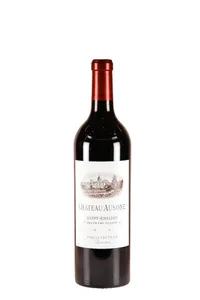
Château Ausone, 1er GCC A Saint-Emilion - 2010
Saint-Emilion
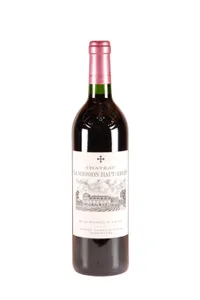
Château La Mission Haut-Brion rouge, CC Pessac-Léognan - 2016
Pessac-Léognan
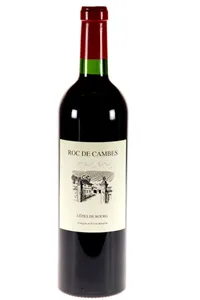
Roc de Cambes, Côte de Bourg - 2017
Côtes de Bourg

Bordeaux supérieur, G Acte 9, Guinaudeau - 2017
Bordeaux supérieur
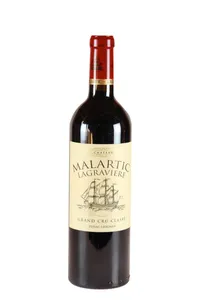
Château Malartic Lagravière rouge, CC Pessac-Léognan - 2015
Pessac-Léognan

